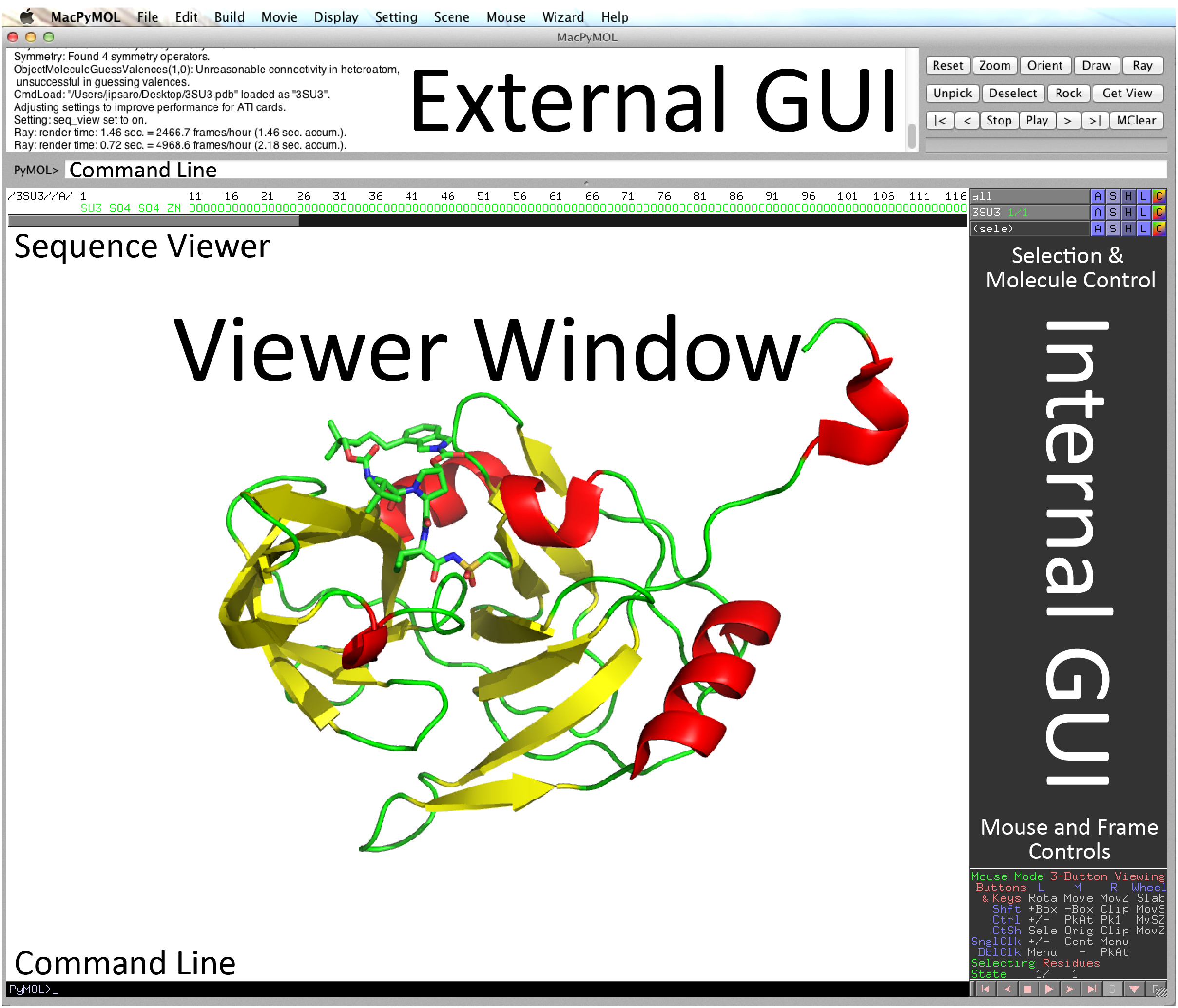

Note that some of the terminology used below might be non-standard. Finite Difference Calculus (and prefix sums).The ideas we'll be developing here have many applications, some of which involve:


You will need to have the CRYST1-record in your PDB-file with the correct space group.This blog will be more about developing ideas about certain structures rather than actually coding up stuff. if you would like to actually create the symmetry mates, try Extensions/Modelling/New Molecule from Symmetry Op - however you will have to specify the SymOp manually. if you just want to look at the symmetry mates, activate View/Cell&Symmetry with an appropriate radius and/or select "Symmetry by molecule" click Action/generate/symmetry mates/within X Å If you just want to apply symmetry operators to your asymmetric unit in order to create symmetry mates, you can do so in Pymol: You can do this by hand, but the PISA-server is quite helpful there, and it will also output the multimer PDB-file: That being said, one can often deduce from the size of the contact surface whether you have a potential quarternary structure. So you will need to get information about the state in solution experimentally. The PDB-file only contains the asymmetric unit, and no information on a potential biological relevant multimer. This is what I see above the " atom" row: I am not able to click anywhere in the text file, then I get the error: " sorry can't recognize any clickable information under this pointer.
#Pymol tutorial 10 answer how to
I cannot find the " mtrix" rows in the PDB-text file, and am very unsure of how to follow the next instructions ( link) after this as well. Non-crystallographic symmetries of the protein" Three transformation matrices, and allow you to build the " Scroll down the pdb file until you find MTRIX lines (they are justīefore the ATOM lines). I am told to open the "text icon" to see the PDB text file, and look for "mtrix" rows - which should come right before the "atom" rows.I can access/see the layers in the "layers info".I upload three of the same PDB file in SWISS PDBviwerer (they are layered on top of each other).What I have tried: In the tutorial for the SWISS-PDBviewer ( link ), I am able to follow some of the instructions, but I can't follow them for long: And in threads from this discussion I found descriptions of how to do it with other molecular graphic tools as well (although I don't completely understand it) I would appreciate: Guidelines on how to do this (preferably in coot, pymol or Swiss-PDBviewer), or referral to a tutorial that actually goes through this would be great!įor reference: I found some descriptions on how to "build/merge" with Swiss PDB viewer here. Here is a link to the protein complex I am looking at
#Pymol tutorial 10 answer full
Problem: I have a PDB file, with a monomer, but I would like to show the entire structure - which is trimeric - but I don't understand how to merge/build or combine the monomeric units to its full structure in COOT, SWISS-PDBviewer or pymol?


 0 kommentar(er)
0 kommentar(er)
